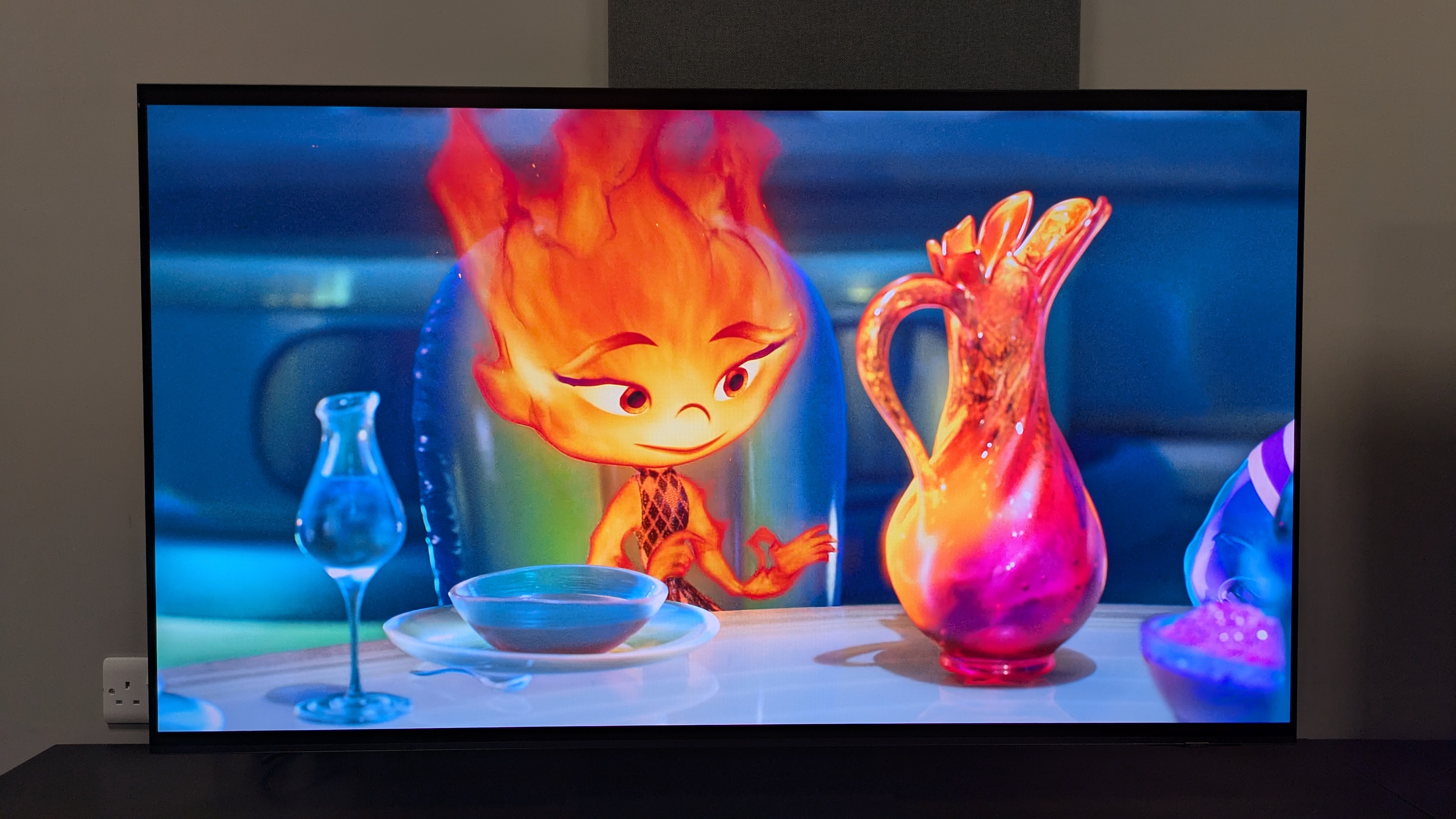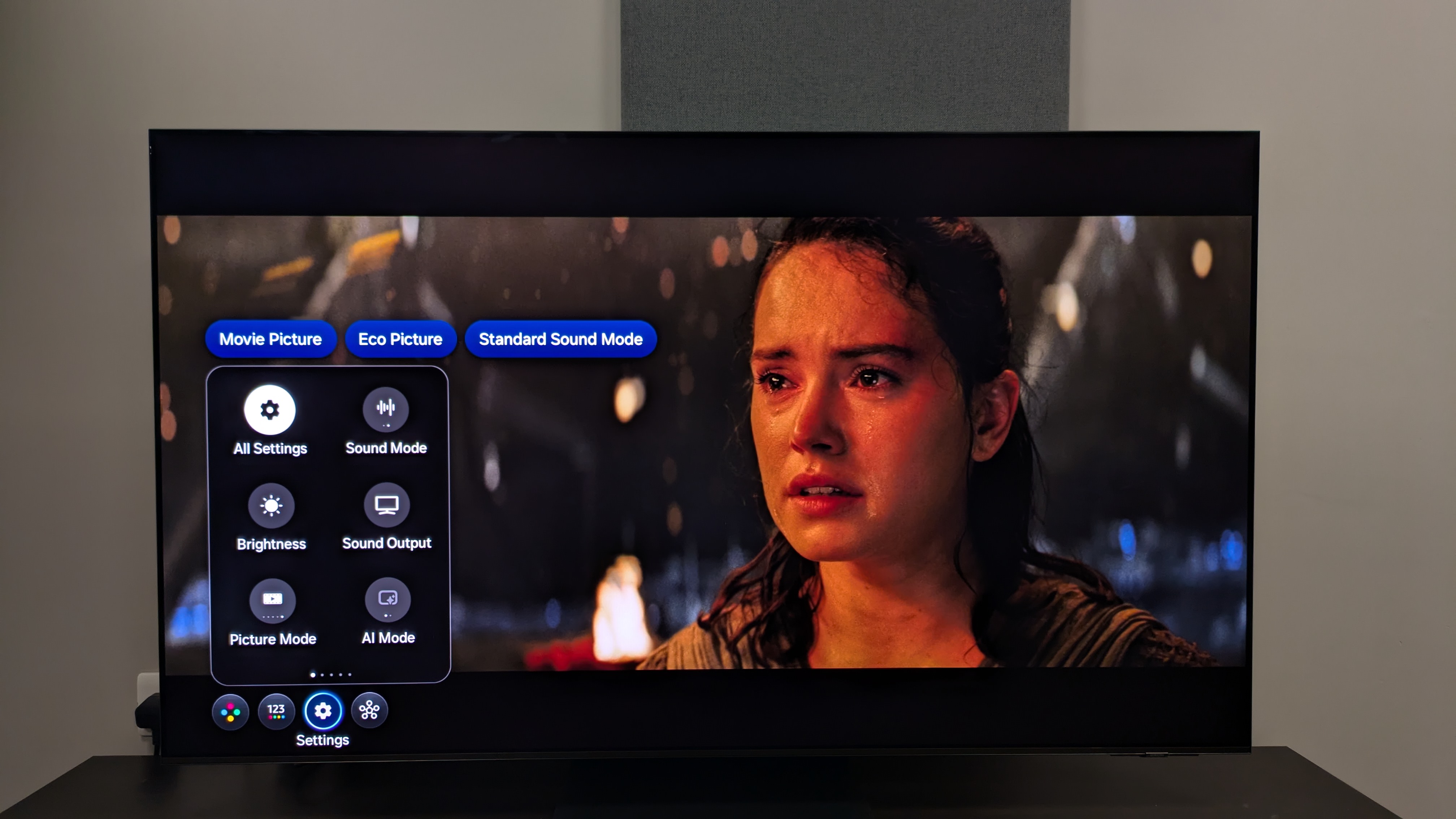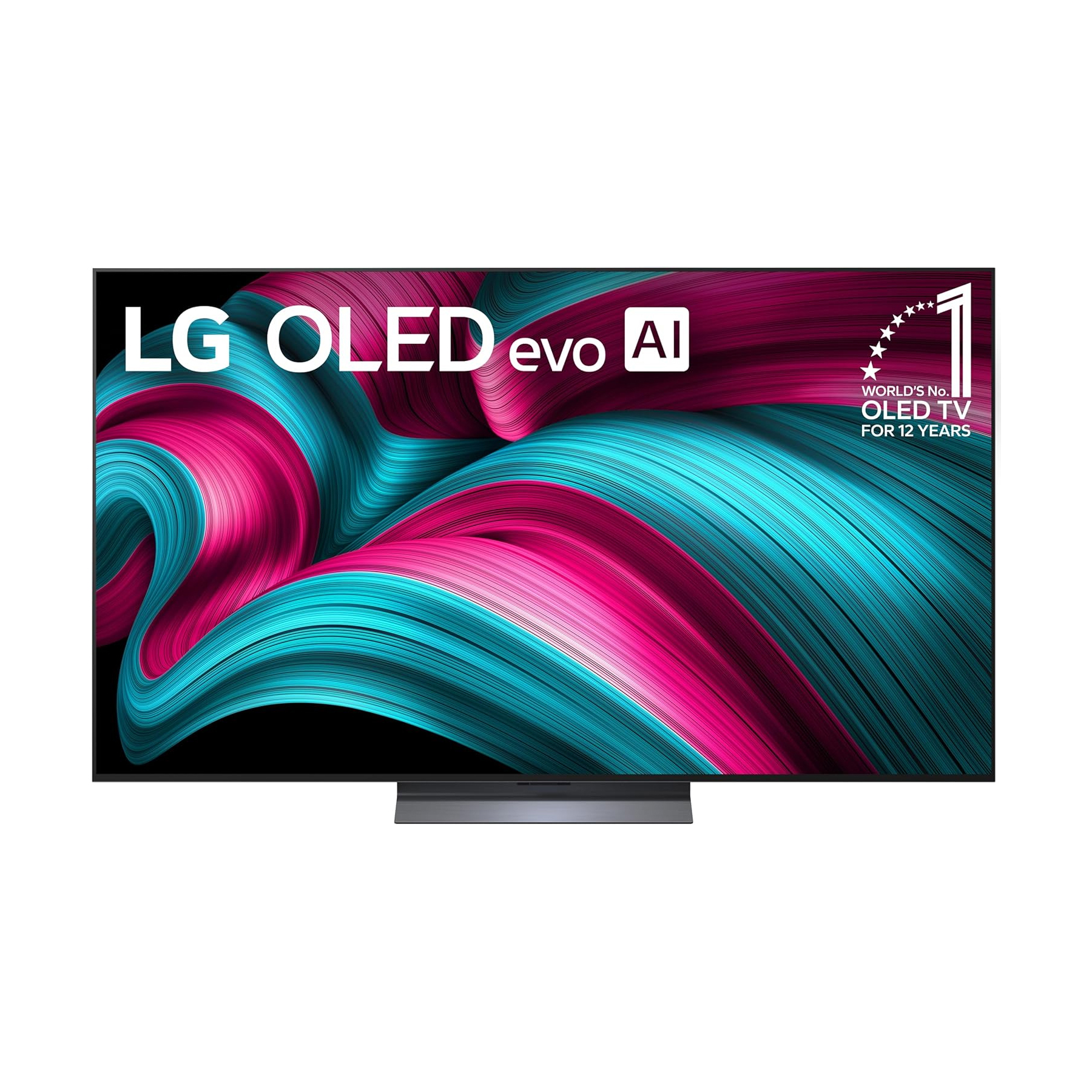Samsung TVs are the first to support HDR10+ on Disney+, taking the sting out of missing Dolby Vision
It's good news for Samsung TV owners

- Samsung TVs will be the first to support HDR10+ on Disney+, Disney confirms
- Samsung TVs support HDR10+ in place of Dolby Vision
- Disney joins other streaming services like Prime Video in supporting HDR10+
Disney has confirmed that Samsung's TVs will be the first to support HDR10+ on Disney+ and Hulu.
Disney first announced it was going to support HDR10+ at CES 2025 but has now confirmed that Samsung's TVs, makers of some of the best TVs and a real supporter for HDR10+, are first in line to support the enhanced HDR format on the popular streaming service.
While no actual date for the HDR10+ rollout has been confirmed, we do know that all of Samsung's TVs from 2018 onwards, from its 'Crystal UHD' LED sets to its flagship OLEDs, will support HDR10+ on Disney+.
Disney+ joins some of the best streaming services such as Prime Video, Apple TV+, Paramount+, and YouTube in supporting the premium HDR format. Disney+ will continue to offer Dolby Vision HDR streaming as well.
HDR10+ is a premium HDR format that allows for a more dynamic, brighter, and more contrast-rich picture than SDR and HDR10. It is not only supported on streaming but also on 4K Blu-ray as well.
Why is this good news for Samsung TV owners? Until now, Disney+ has only offered Dolby Vision HDR quality, and as Samsung TVs don't support Dolby Vision, instead opting to support HDR10+, viewers couldn't get the most out of their hardware. With HDR10+ support coming to Disney+, Samsung TVs, some of the best TVs around, will now get an upgraded picture when watching the best Disney+ shows.
Samsung TVs aren't the only TVs to support HDR10+. Hisense, TCL, Panasonic, as well as Philips in the UK, all offer models that support HDR10+ as well as Dolby Vision. LG and Sony however do not support HDR10+, not even on more premium sets such as the LG C5 OLED or Sony Bravia 9, instead opting for Dolby Vision HDR support only.
Sign up for breaking news, reviews, opinion, top tech deals, and more.
Great news for Samsung

It has always seemed like an odd decision by Samsung to continuously forego support of Dolby Vision in its TVs; a decision that hasn't changed with any of its 2025 TVs.
Many streaming services such as Netflix and Disney+ originally opted to only support the Dolby Vision HDR format, meaning Samsung owners would miss out on the best possible picture quality on their TVs. A TV like the Samsung S95F for example, one of the best OLED TVs of 2025, deserves the best quality on a streaming service.
But this decision by Disney means that Samsung TV fans - and crucially potential customers - can now buy with a bit more confidence knowing another streaming service has joined the seemingly growing group of streaming sites to offer HDR10+ streaming.
Whether other streaming services will offer HDR10+ support (looking at you, Netflix and Max) remains to be seen, but until then, Samsung lovers now have one more service they can watch on the best Samsung TVs in the optimum quality.

➡️ Read our full guide to the best TVs
1. Best overall:
LG C5
2. Best under 1000:
US: Hisense U8QG
UK: TCL C7K
3. Best under 500:
US: Roku Plus Series
UK: Amazon Fire TV Omni QLED
Follow TechRadar on Google News and add us as a preferred source to get our expert news, reviews, and opinion in your feeds. Make sure to click the Follow button!
And of course you can also follow TechRadar on TikTok for news, reviews, unboxings in video form, and get regular updates from us on WhatsApp too.

James is the TV Hardware Staff Writer at TechRadar. Before joining the team, he worked at a major UK based AV retailer selling TV and audio equipment, where he was either telling customers the difference between OLED and QLED or being wowed by watching a PS5 run on the LG 65G2. When not writing about the latest TV tech, James can be found gaming, reading, watching rugby or coming up with another idea for a novel.
You must confirm your public display name before commenting
Please logout and then login again, you will then be prompted to enter your display name.